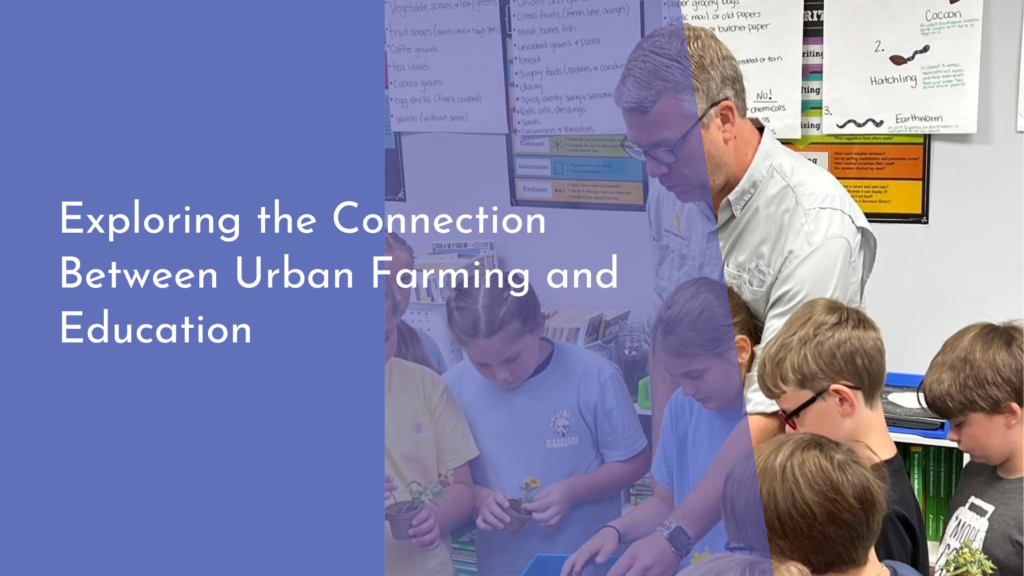The Role of Urban Forestry in Urban Innovation Hubs
Urban innovation hubs have emerged as vibrant centers of creativity and technology, reshaping the way we live and work in cities. Amidst the hustle and bustle of urban life, the role of urban forestry is often overlooked, yet it plays a vital part in enhancing these innovative ecosystems. By integrating greenery into urban design, cities can foster sustainable growth while improving the quality of life for their residents. This article explores the multifaceted contributions of urban forestry to innovation hubs, covering aspects from biodiversity enhancement to community engagement and sustainable solutions.
Discovering Urban Forestry: A Green Path to Innovation
Urban forestry is the practice of managing and creating networks of trees and green spaces in urban environments. This green infrastructure not only beautifies the landscape but also serves as a catalyst for innovative ideas and practices. By incorporating trees and plants into urban design, cities can create serene environments that nurture creativity and collaboration. Research suggests that exposure to green spaces has a direct correlation with increased productivity and well-being, making urban forestry an essential ingredient for successful innovation hubs.
In these bustling urban centers, where concrete often dominates, the presence of trees and greenery offers a refreshing contrast. They provide much-needed respite from the fast-paced urban life, allowing residents and employees to recharge their minds. As people engage with their surroundings, they are more likely to think outside the box, leading to groundbreaking ideas and approaches that fuel innovation. Thus, urban forestry not only beautifies but also transforms how we conceive of urban living.
Boosting Biodiversity: Nature’s Role in Urban Hubs
Biodiversity refers to the variety of life in a particular ecosystem, and it is crucial for the resilience and health of urban environments. Urban innovation hubs, when designed with biodiversity in mind, can offer habitats for various species, enhancing ecological health within the city. This integration of diverse flora and fauna contributes to cleaner air, improved water quality, and the regulation of urban temperatures, creating a more livable environment for all. In turn, this thriving ecosystem lays the foundation for innovation, as diverse environments tend to foster diverse ideas.
Moreover, encouraging biodiversity in urban forestry can lead to innovative solutions for urban challenges. For example, green roofs and vertical gardens can support native plants and pollinators, creating microhabitats in densely populated areas. These innovative green solutions not only enhance biodiversity but also provide spaces for research and development in fields such as agriculture, environmental science, and sustainability. By embracing the natural world, urban innovation hubs can become fertile grounds for ideas that benefit both the environment and the economy.
Community Engagement: Trees as Catalysts for Collaboration
Urban forestry serves as a bridge for community engagement, bringing together residents, local businesses, and organizations to collaborate on green initiatives. When communities participate in tree planting and maintenance, they develop a sense of ownership and pride in their surroundings. This participation fosters social bonds and encourages residents to connect with each other, paving the way for collaborative projects that drive innovative solutions to local challenges. Trees become symbols of shared effort and aspiration, uniting diverse community members in a common goal.
In addition to beautifying neighborhoods, trees can host community events and educational programs that inspire individuals to learn about the environment and sustainability. Workshops on tree care, gardening, or urban ecology can empower residents to become active stewards of their local ecosystems. These activities often lead to the exchange of ideas and resources, nurturing an environment where innovation can thrive. Ultimately, urban forestry fosters not only healthy ecosystems but also vibrant communities that are engaged and motivated to collaborate on solutions for a better future.
Sustainable Solutions: Urban Forestry in a Changing World
As cities grapple with the impacts of climate change, urban forestry presents a sustainable solution to many pressing environmental challenges. Trees act as natural air filters, absorbing pollutants and releasing oxygen while also providing shade that can mitigate the urban heat island effect. By strategically placing greenery in urban innovation hubs, cities can enhance their resilience to climate-related issues, ensuring a healthier environment for current and future generations. This proactive approach to urban design promotes long-term sustainability and showcases how innovation can harmonize with nature.
Furthermore, urban forestry can support sustainable economic growth by creating green jobs and opportunities for local businesses. As cities invest in their green infrastructure, they encourage the development of landscaping, environmental consulting, and eco-tourism industries, contributing to a more resilient economy. By intertwining urban forestry with innovation, cities can cultivate a workforce that is equipped to tackle environmental challenges, leading to sustainable solutions that create a brighter and greener future. Urban forestry isn’t just about planting trees; it’s about planting the seeds of innovation to nurture a thriving urban ecosystem.
In conclusion, urban forestry is an integral part of the fabric that supports urban innovation hubs. By enhancing biodiversity, fostering community engagement, and providing sustainable solutions, trees and green spaces contribute to healthier, more vibrant urban environments. As cities continue to evolve, integrating urban forestry into their planning and development will be key to cultivating innovation and resilience. Embracing this green path not only benefits the environment but also enriches the lives of urban dwellers, paving the way for a sustainable future where nature and innovation flourish hand in hand.

